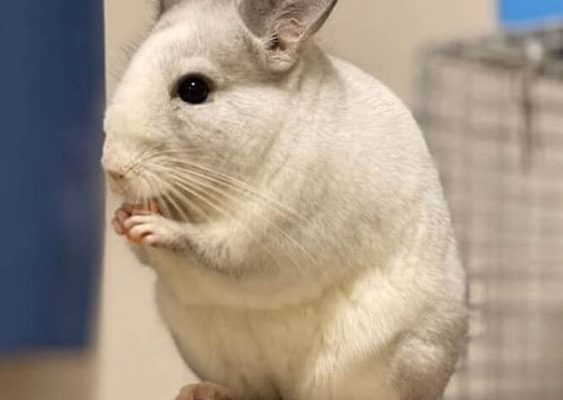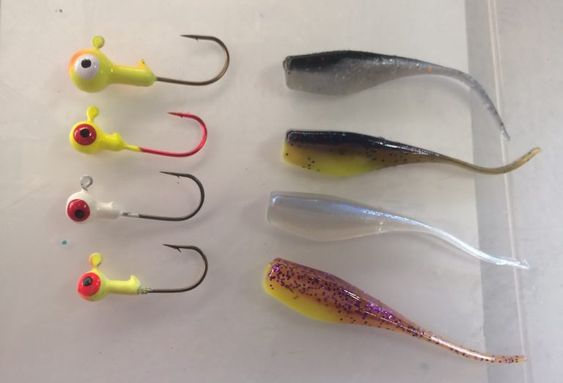How to Become a Figure Skater

Figure skating is a beautiful and intricate sport that combines artistry, athleticism, and grace. For those interested in becoming a figure skater, the journey can be challenging but undoubtedly rewarding. Whether you aspire to compete at a local, national, or international level or simply want to enjoy the thrill of gliding across the ice, this guide will help you begin your journey.
Step 1: Find a Skating Rink and Take Introductory Lessons
The first step to becoming a figure skater is locating an ice-skating rink near you. Many rinks offer public skating sessions for people of all ages to enjoy. Start by visiting for open skate sessions to gauge your interest in the sport and get used to being on ice.
Once comfortable on the ice, sign up for beginner skating lessons at your local rink. These lessons often cover basic skills, such as forward and backward skating, stopping, and simple turns.
Step 2: Invest in Quality Skating Equipment
As your skills develop, invest in quality figure skating equipment. Well-fitted skates are essential for ensuring comfort and safety on the ice. Consult with an expert who can recommend the best brands and sizing tailored for your feet. Additionally, invest in appropriate clothing, such as leggings or tight-fitted pants and layers that provide warmth without limiting movement.
Step 3: Hire a Professional Coach
A professional coach’s guidance is crucial when learning advanced moves and developing a strong foundational technique. Look for certified coaches through your local rink or figure skating clubs affiliated with national organizations. Consider factors such as experience level, coaching style, availability, and rates when selecting a coach.
Step 4: Train Consistently
Consistency is key when developing athlete-level skills in any sport – figure skating is no exception. Work closely with your coach to create a tailored practice schedule that allows for skill development, stamina improvement, and injury prevention. As you progress, your training may include on-ice sessions, off-ice workouts, ballet and dance classes for artistry, and strength and conditioning exercises.
Step 5: Join a Figure Skating Club
One of the benefits of joining a figure skating club is the ability to participate in regional competitions. Additionally, being part of a club can offer camaraderie and support from fellow skaters and their families. Clubs also provide access to additional ice time, workshops, seminars, and other valuable resources.
Step 6: Compete in Competitions
Begin by competing in local competitions within your age and skill level to gain experience. With your coach’s guidance, gradually progress to more advanced levels of competition. Keep in mind that competitive figure skating involves learning official events like free skate programs and compulsory moves called “elements,” which are sets of technical maneuvers determined by each level.
Step 7: Set Realistic Goals
Setting goals can help keep you focused on improvement while also giving you motivation and a strong sense of accomplishment as you achieve them. Work with your coach to establish short-term objectives that mesh with your long-term ambitions in the sport.Becoming a figure skater requires dedication, perseverance, and patience – understand that improvement will happen over time. Embrace each milestone and remember to enjoy this incredible journey on the ice!






